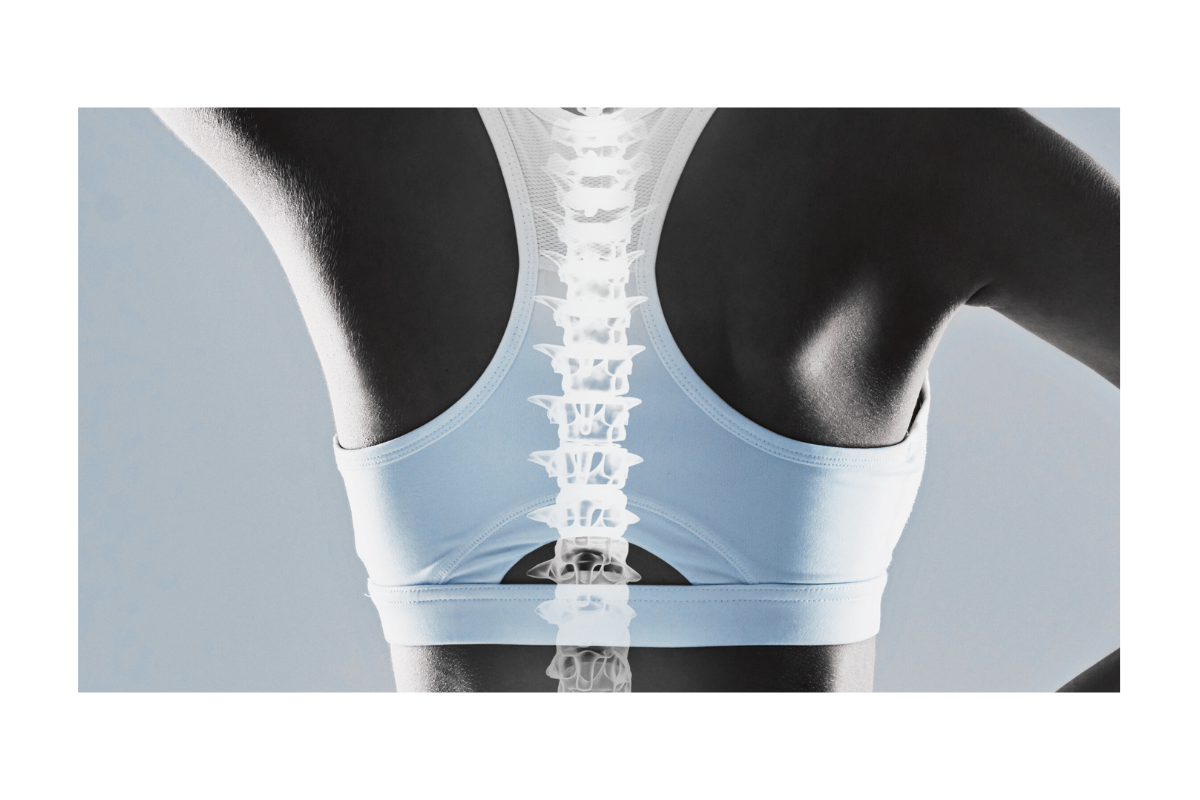Winnie discusses the thoracic spine.
This month we are going to explore the curvatures in the spine, especially the thoracic spine. Our spine is made up of four parts, including cervical, thoracic, lumbar, and sacral. Each of them has their own curvatures to help absorb shock and support our body. The thoracic spine naturally curves outward, which is described as kyphotic. However, when the curvature is more than 50 degrees, it becomes hyperkyphotic and sometimes known as round back. It can cause back pain, stiffness, and muscle imbalances. If left untreated can develop chronic back pain, reduced spinal mobility and muscle weakness in the back.
CLINICAL PRESENTATION
Presentations include:
- Round shoulders
- Visible round upper back
- Back stiffness
- Back pain
TYPES
Types include:
- Congenital, spine develops abnormally while in the womb
- Postural, most common, it can develop during adolescence due to sustained poor posture with prolonged use of computers and smartphones
- Structural, eg Scheuermann’s disease, which is a structural abnormality in the vertebrae. Osteoporosis with weakened vertebrae can also develop compression fractures and lead to kyphosis
HOW PHYSIOTHERAPY WILL HELP
Following are some of the ways that physiotherapy can help:
-
Postural exercises
-
Strength buiding in the core and back
-
Stretch the tight muscles, such as chest and hip flexor and strengthen the weak muscles such as upper back and shoulder which may be impacted by misalignment of the spine
At Innovations Physio & Pilates, we can assist with getting you back to your activities with confidence and comfort.
